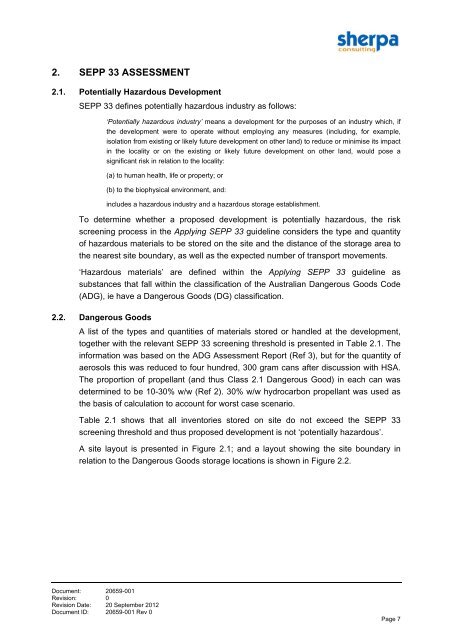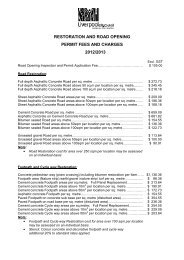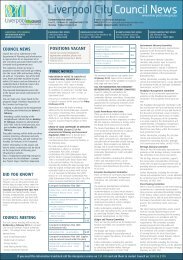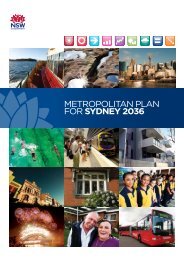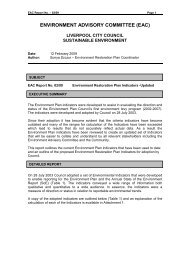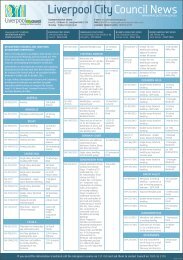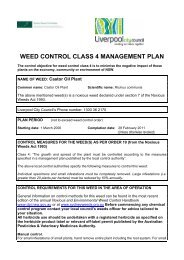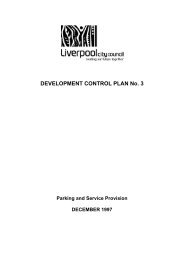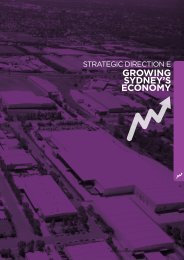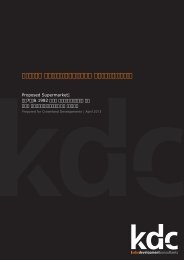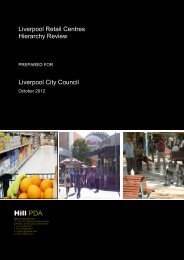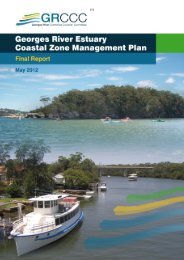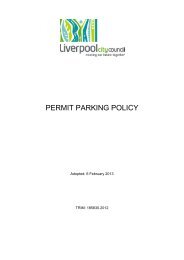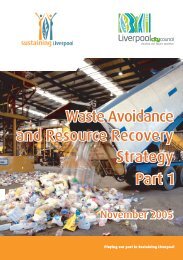sepp33 review hostmann-steinberg australia pty ltd
sepp33 review hostmann-steinberg australia pty ltd
sepp33 review hostmann-steinberg australia pty ltd
- No tags were found...
You also want an ePaper? Increase the reach of your titles
YUMPU automatically turns print PDFs into web optimized ePapers that Google loves.
2. SEPP 33 ASSESSMENT2.1. Potentially Hazardous DevelopmentSEPP 33 defines potentially hazardous industry as follows:‘Potentially hazardous industry’ means a development for the purposes of an industry which, ifthe development were to operate without employing any measures (including, for example,isolation from existing or likely future development on other land) to reduce or minimise its impactin the locality or on the existing or likely future development on other land, would pose asignificant risk in relation to the locality:(a) to human health, life or property; or(b) to the biophysical environment, and:includes a hazardous industry and a hazardous storage establishment.To determine whether a proposed development is potentially hazardous, the riskscreening process in the Applying SEPP 33 guideline considers the type and quantityof hazardous materials to be stored on the site and the distance of the storage area tothe nearest site boundary, as well as the expected number of transport movements.‘Hazardous materials’ are defined within the Applying SEPP 33 guideline assubstances that fall within the classification of the Australian Dangerous Goods Code(ADG), ie have a Dangerous Goods (DG) classification.2.2. Dangerous GoodsA list of the types and quantities of materials stored or handled at the development,together with the relevant SEPP 33 screening threshold is presented in Table 2.1. Theinformation was based on the ADG Assessment Report (Ref 3), but for the quantity ofaerosols this was reduced to four hundred, 300 gram cans after discussion with HSA.The proportion of propellant (and thus Class 2.1 Dangerous Good) in each can wasdetermined to be 10-30% w/w (Ref 2). 30% w/w hydrocarbon propellant was used asthe basis of calculation to account for worst case scenario.Table 2.1 shows that all inventories stored on site do not exceed the SEPP 33screening threshold and thus proposed development is not ‘potentially hazardous’.A site layout is presented in Figure 2.1; and a layout showing the site boundary inrelation to the Dangerous Goods storage locations is shown in Figure 2.2.Document: 20659-001Revision: 0Revision Date: 20 September 2012Document ID: 20659-001 Rev 0Page 7


